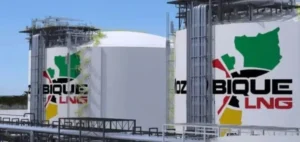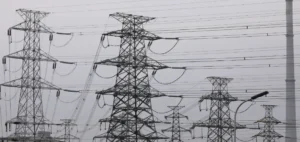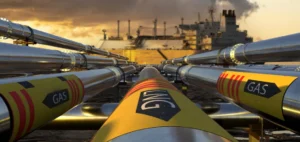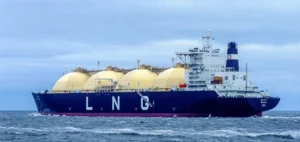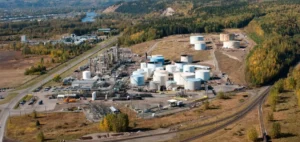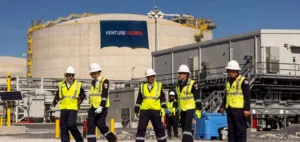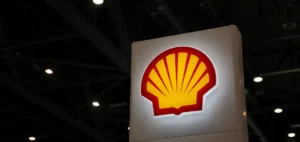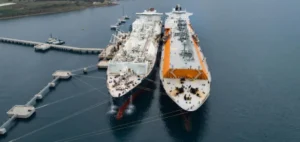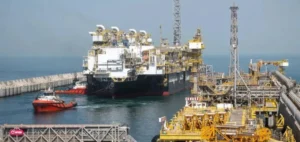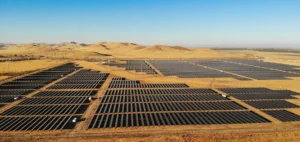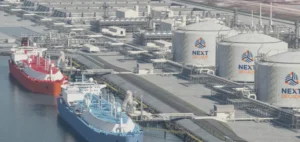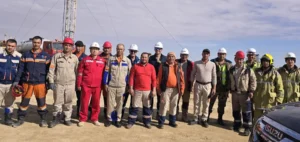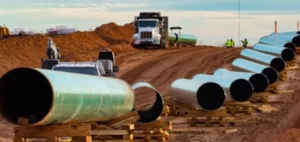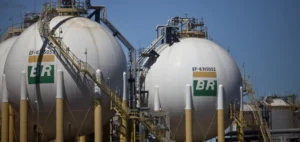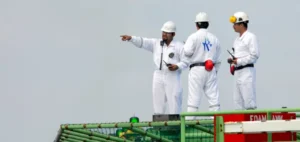Denmark has invited Nord Stream, the consortium that manages the Nord Stream 2 gas pipeline, to participate in the operation to recover a suspicious cylindrical object that was spotted near the sabotaged pipeline last September. The object in question was discovered by Gazprom and measures 40 cm high and 10 cm in diameter. According to the Energy Agency, which offered Nord Stream to participate in the operation, the object does not pose a safety risk. However, it could be a marine smoke buoy, a point that will be subject tofurther investigation.
The discovery of this object was revealed by Russian President Vladimir Putin two weeks ago, who mentioned a possible role in the sabotage of the Nord Stream 1 and 2 gas pipelines. The explosions that hit these pipelines last September occurred in areas near the border between Germany, Sweden and Denmark. Despite criminal investigations in these countries, the responsibility for the attack is still unknown.
At the beginning of March, Germany announced that it was investigating a ship suspected of having brought the explosives to the site, without yet being able to draw any conclusions about the identity of the perpetrators. According to the New York Times, a “pro-Ukrainian group” is behind the sabotage, without the involvement of Ukrainian President Volodymyr Zelensky.
The recovery of the suspect object is to be carried out with the help of the Danish Defense, but the date of the operation is still unknown, as well as Nord Stream’s response to the Energy Agency’s proposal. As Gazprom is the majority shareholder of Nord Stream, this decision is highly anticipated.



